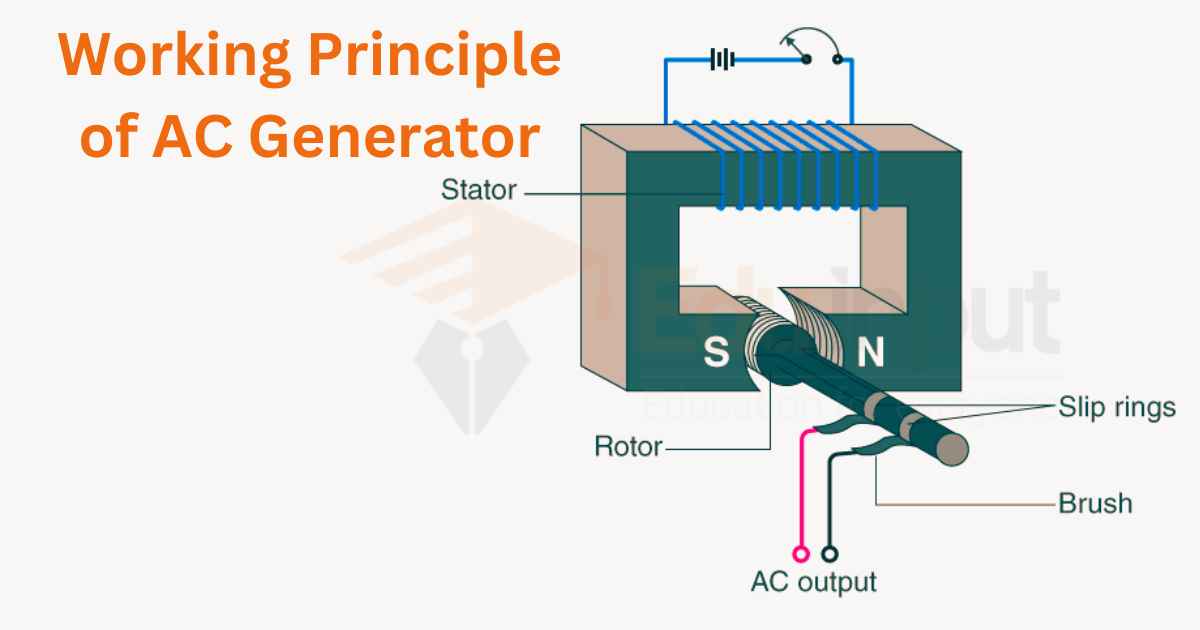Digital Ohmmeter-Definition, Working, And Applications
What is Digital Ohmmeter?
A digital ohmmeter is an electronic device used to measure electrical resistance. A digital ohmmeter is a type of ohmmeter that provides precise resistance readings by converting the measured resistance into a digital format allowing for easy interpretation and analysis.

Unlike analog ohmmeters, a digital ohmmeter provides precise resistance readings. Measuring resistance is vital in various electrical and electronic applications.
Resistance values help engineers and technicians determine the functionality and efficiency of circuits, identify faulty components, and ensure optimal performance. Digital ohmmeters have revolutionized this process by offering accurate and reliable resistance measurements.
When selecting a digital ohmmeter, it is crucial to consider certain features and specifications to ensure it suits your specific requirements. Factors such as measurement range, resolution, accuracy, display type, and additional functionalities should be taken into account. Choosing the right digital ohmmeter will significantly enhance your measurement capabilities.
Working Principle of Digital Ohmmeter
Digital ohmmeters operate based on the principle of measuring voltage and current to calculate resistance using Ohm’s law. When a resistance is connected to the ohmmeter a small known current is passed through the resistance and the resulting voltage drop is measured. The ohmmeter accurately determines the resistance value by calculating the ratio of voltage to current.
Benefits of Using a Digital Ohmmeter
Accuracy and precision
One of the significant advantages of digital ohmmeters is their high level of accuracy and precision. Digital technology eliminates potential errors associated with analog instruments, providing reliable and consistent resistance measurements. This accuracy is especially crucial when working with sensitive electronic components or troubleshooting intricate circuitry.
Ease of use
Digital ohmmeters are designed with user-friendliness in mind. With clear digital displays and intuitive controls, these instruments are easy to operate, even for individuals with limited technical knowledge. The ability to obtain accurate readings quickly simplifies the measurement process, saving valuable time and effort.
Time-saving capabilities
The speed of resistance measurement is another key benefit of digital ohmmeters. These devices can deliver results within seconds, allowing for efficient testing and troubleshooting. In complex circuits or time-sensitive projects, digital ohmmeters significantly contribute to faster diagnosis and resolution of electrical issues.
Versatility and portability
Digital ohmmeters offer versatility and portability, making them ideal for various applications. Handheld units are lightweight, compact, and battery-powered, enabling measurements in tight spaces or remote locations. Whether you are working in the field, a laboratory, or a manufacturing facility, digital ohmmeters provide the flexibility needed to carry out precise resistance measurements.
Common Applications of Digital Ohmmeters
There are some applications of digital ohmmeter.
Testing electrical circuits
The primary application of digital ohmmeters is testing electrical circuits. Whether it is verifying continuity, measuring resistors, or troubleshooting faults, digital ohmmeters offer a reliable means to assess the behavior and integrity of electrical connections and components.
Troubleshooting and maintenance
Digital ohmmeters are indispensable tools for troubleshooting electrical systems. By measuring resistance, technicians can identify faulty or worn-out components, damaged wiring, or poor connections. This information is invaluable in repairing and maintaining electrical equipment, preventing potential failures, and ensuring optimal performance.
Quality control in manufacturing
In the manufacturing industry, digital ohmmeters play a crucial role in quality control processes. By measuring the resistance of electronic components or circuit boards, manufacturers can ensure that products meet specific resistance specifications. This helps maintain consistent product quality, reliability, and adherence to industry standards.
Tips for Using a Digital Ohmmeter Effectively
Selecting the appropriate range
When using a digital ohmmeter, it is essential to select the appropriate resistance range for accurate measurements. Starting with the highest range and gradually decreasing it allows for optimal resolution and prevents overload or damage to the instrument.
Minimizing interference
To obtain precise resistance measurements, it is vital to minimize interference from external factors. Shielding the measurement area from electromagnetic fields and ensuring proper grounding can significantly reduce the impact of stray currents and electromagnetic interference on the readings.
Ensuring proper contact
A secure and reliable connection between the digital ohmmeter and the measured resistance is crucial. Clean the test leads and the contact points to remove any dirt or oxidation that could affect the measurement. Maintaining good contact ensures accurate resistance readings.
Understanding measurement units
Digital ohmmeters provide resistance measurements in various units, such as ohms, kilohms, or megohms. It is essential to understand the measurement unit displayed on the instrument and convert it if necessary to match the required unit for the specific application.
Limitations of Digital Ohmmeter
There are also some disadvantages to using a digital ohmmeter.
Temperature and humidity effects
Extreme temperature and humidity levels can affect the accuracy of resistance measurements. Digital ohmmeters may require additional compensation or calibration to account for these environmental factors and ensure reliable readings.
Limited measurement range
Although digital ohmmeters offer a wide range of resistance measurements, there are limits to the minimum and maximum values they can handle. It is crucial to select an ohmmeter that suits the expected resistance range of your applications.
External factors affecting accuracy
External factors like electromagnetic interference, electrical noise, and improper grounding can affect the accuracy of digital ohmmeter readings. Taking appropriate precautions, such as shielding the measurement area and following best practices for electrical connections, can minimize these influences.
Related FAQs
Are digital ohmmeters suitable for professional use?
Absolutely! Digital ohmmeters are widely used in professional settings due to their accuracy, ease of use, and advanced features. They are relied upon by engineers, technicians, and professionals in the electrical and electronics industry for their measurement needs.
How often should a digital ohmmeter be calibrated?
To ensure accurate and reliable measurements, it is recommended to calibrate a digital ohmmeter regularly. The calibration frequency may vary based on usage, environmental conditions, and industry standards.

 written by
written by 





Leave a Reply